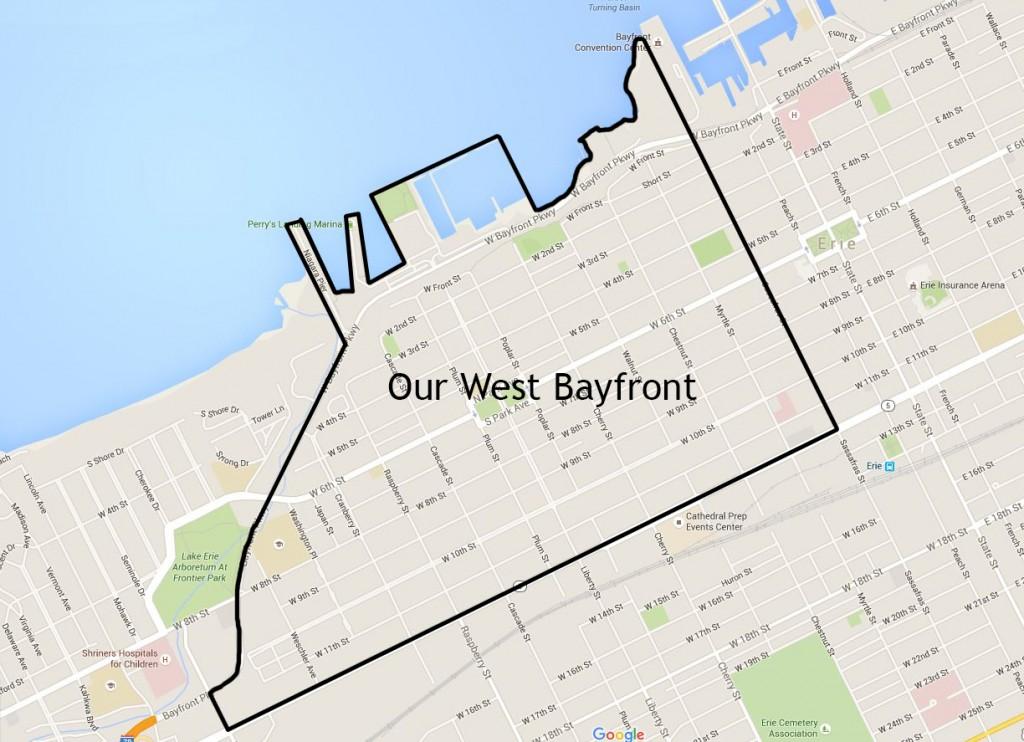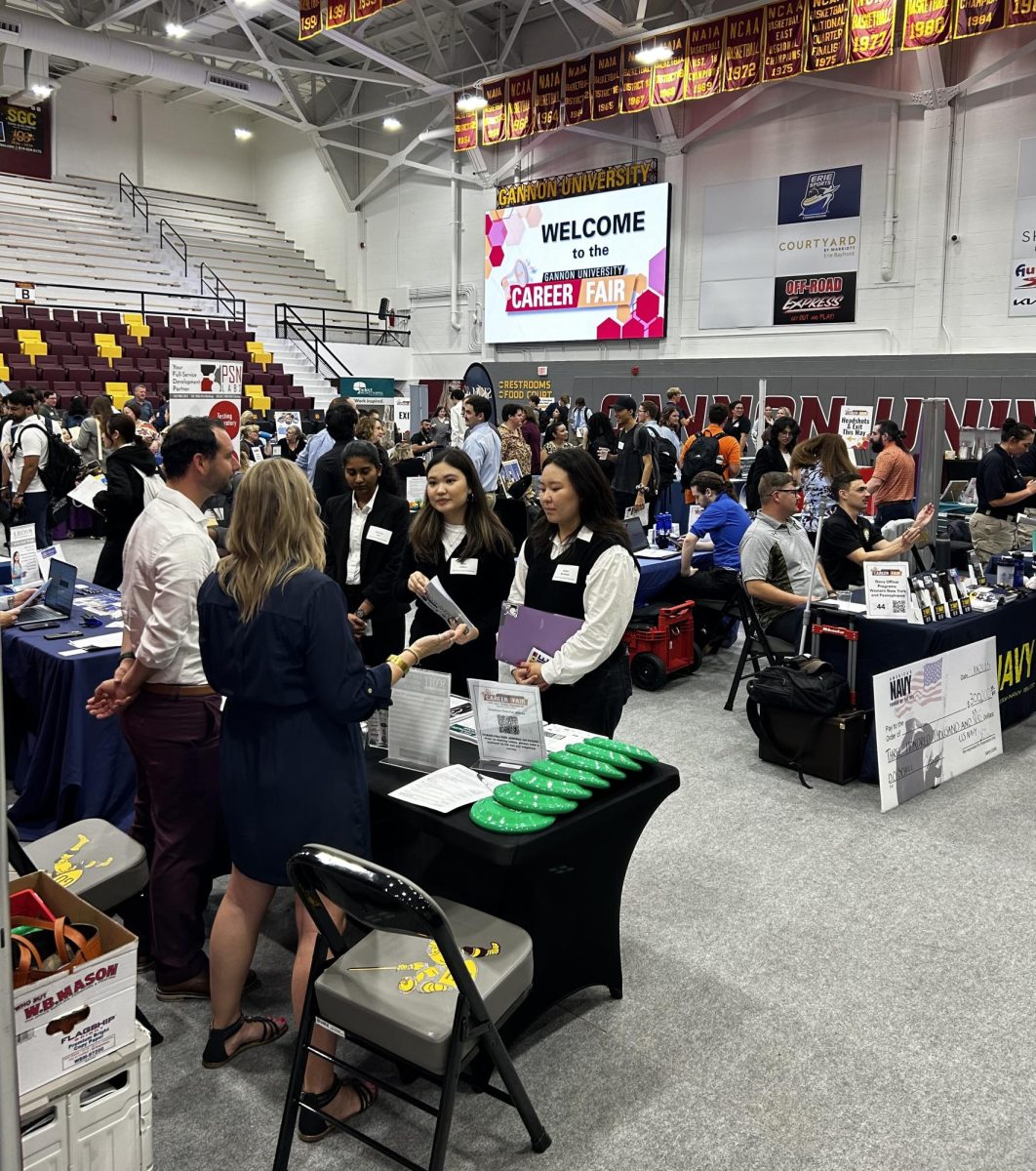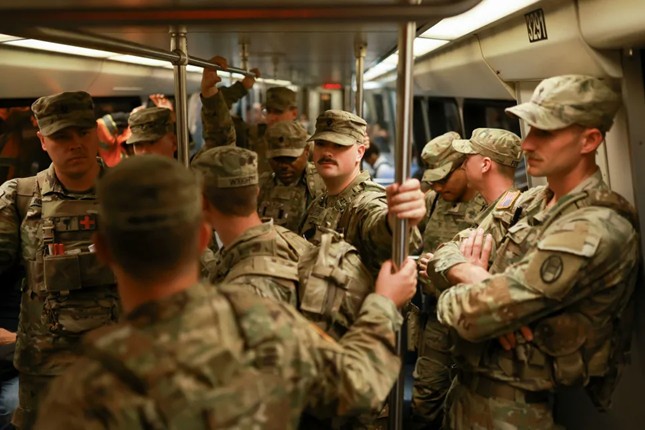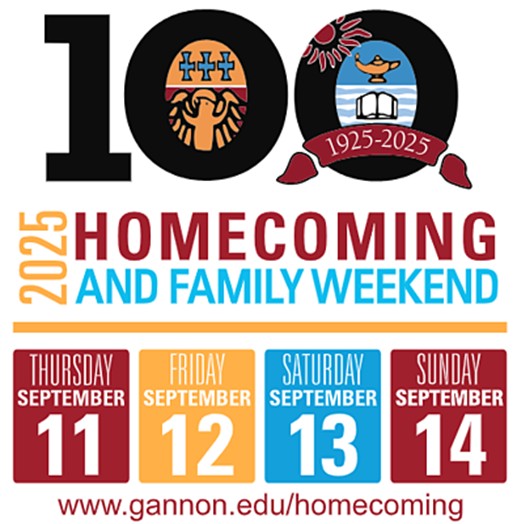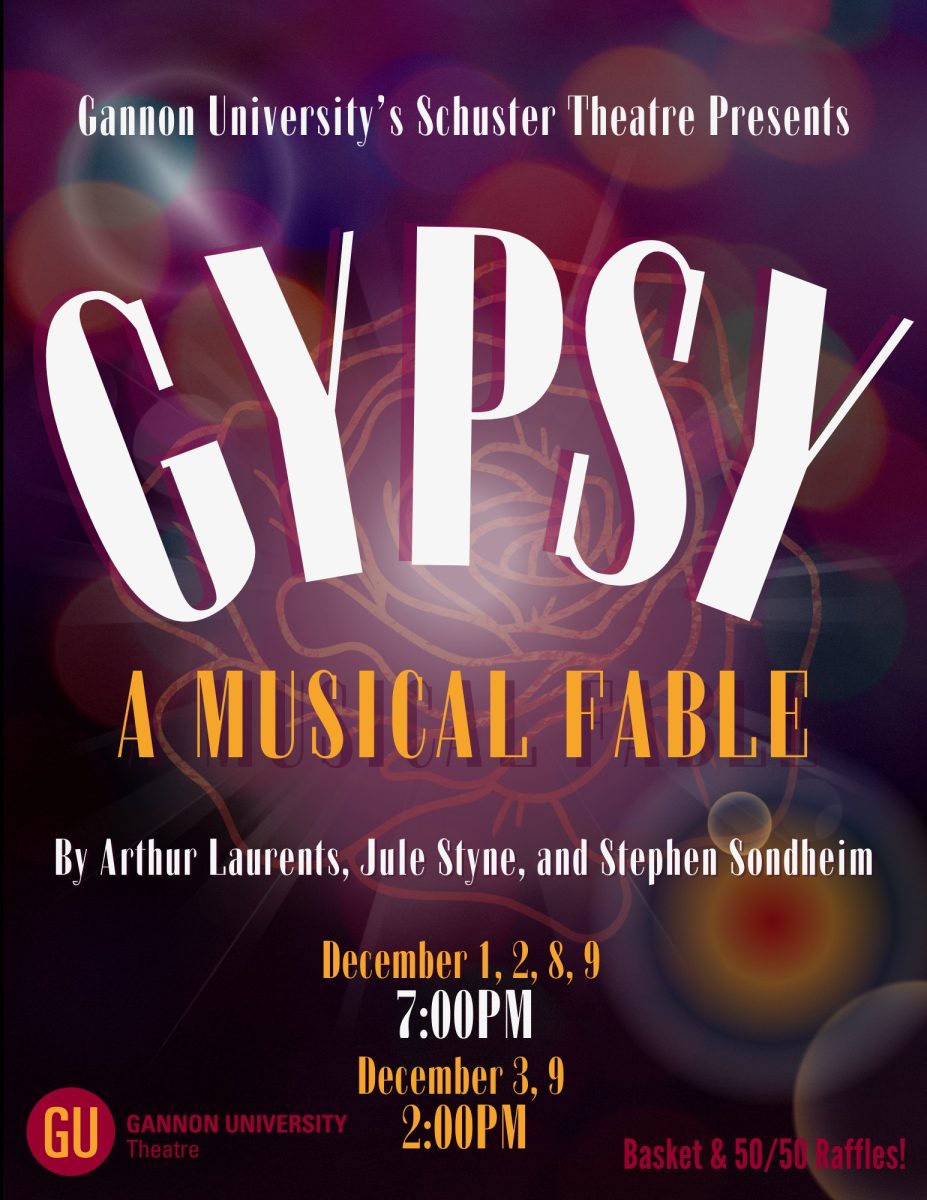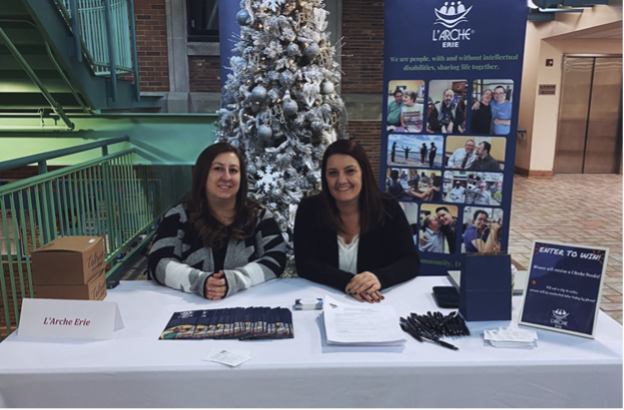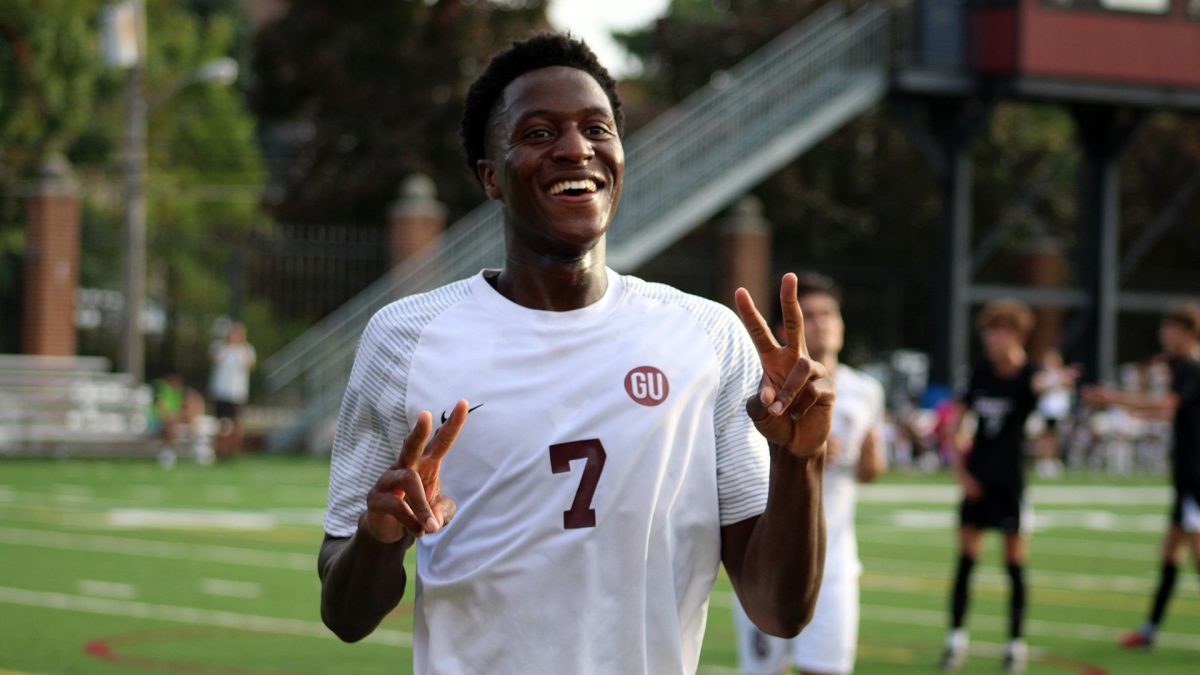As a Catholic, diocesan school, Gannon University is keeping in its Catholic intellectual tradition to serve the community.
One of the many community outreach programs that is kept in place by students, staff and faculty is Erie-Gannon Alliances to Improve Neighborhood Sustainability, commonly known as Erie-GAINS.
This program, which was launched in the summer of 2010, helps further develop strategic partnerships among various community agencies and university departments with the common goal of improving the sustainability of Gannon’s neighborhood.
Erika Ramalho, the director of community and government relations at Gannon, said that Erie-GAINS is an important facet of the university’s mission – service.
In 2010, Keith Taylor, Ph.D., president of Gannon, but provost at the time, came up with the idea of Erie-GAINS.
Gannon students averaged 70,000 hours of service per year and Taylor wanted to begin strategically placing those hours in areas of the Erie community that desperately needed help.
Erie-GAINS encompasses a wide variety of issues that the university helps to address.
Erie-GAINS has five main focuses – education, health and wellness, quality of life, business and economy, and environmental sustainability.
Each of those areas has many programs, both new and old, that incorporate the Gannon community into the surrounding Erie community.
Ramalho also said that Erie-GAINS gives out minigrants twice a year to faculty, staff or students who are developing projects with the community and are looking for a little additional funding.
In the last round of funding, Ramalho said that Gannon gave out 10 minigrants for a total of $12,000.
That funding is used for projects that the Gannon community holds for or in partnership with outside organizations.
“What’s a really critical component of our engagement is that the community partner has a voice at the table,” Ramalho said. “It is not Gannon saying, ‘We can help you and we will show you how we can help you.’
“True community engagement is when the community partner is at the table and we’re having a conversation,” Ramalho said. “We’re learning from them as much as they are receiving from us.
“It’s really a mutually beneficial exchange of information and ideas.”
One of the programs that Erie-GAINS is focusing on is Our West Bayfront, a neighborhood sustainability project.
This neighborhood initiative encompasses the areas east of the Bayfront Parkway, north of 12th Street, west of Sassafras Street and south of the shores of Lake Erie.
Ramalho said that Our West Bayfront’s mission is to enhance the quality of life in Erie’s West Bayfront neighborhoods by promoting civic involvement, thoughtful development, historical preservation and neighborhood pride.
Our West Bayfront has been a group of volunteers within the community who have been meeting regularly at the volunteer committee meetings since 2012.
Ramalho said that Our West Bayfront is mostly residents but also nonprofit organizations and businesses that exist in the community.
To begin the project, Ramalho said that Our West Bayfront started in 2012 with a survey, asking people in the community what they like about their neighborhood and what areas they’d like to see improved.
“In order for grassroots change to occur, you really want the people living in that community to have a stake in it,” Ramalho said.
“There was a variety of grassroots-oriented initiatives that were occurring, but there wasn’t one in the neighborhood around Gannon.”
Ramalho also said that residents noted that one thing that would really help is if they had a communication method so that they knew what was going on in the neighborhood.
In response to that concern, Our West Bayfront started to hold monthly meetings. As the program progressed, the people who were coming to the meetings were really ready to do something.
“A lot of them said that they don’t want people to leave, they want people to invest in the neighborhoods,” Ramalho said. “Gannon was invested because we live here too – a lot of students live here.”
Ramalho said that while they were brainstorming with people in the neighborhood, the state and local governments said that they should apply for a planning grant, which the state funds to help neighborhoods develop a plan to follow.
The grant is worth $25,000 but requires a $25,000 match. Gannon’s Office of University Advancement found a donor for that money.
“A lot of people may not understand this, but they’re not used to a university raising money and then giving it to the community, rather than keeping it only within our walls,” Ramalho said.
“But it’s still important to us – our neighborhood is important.”
With the $50,000 grant, a consultant was hired last July to help develop a plan to revitalize the neighborhood. Gannon is one of the institutions helping to lead the group.
United Way of Erie County is one of the neighborhood partners that is working with Our West Bayfront.
Mike Jaruszewicz, the director of community building for United Way of Erie County, said that the organization is happy to help Our West Bayfront work toward its goal of self-sufficiency.
“For families to be successful, you need to have a strong community, you need to have a strong neighborhood and you need to have strong schools,” Jaruszewicz said.
Jaruszewicz said that United Way participates in such larger community efforts to see how it can leverage its resources for the greater good of the community. And that doesn’t always come to funding, he said.
“What it is, is just being a part of the conversation, helping align community efforts with shared community goals,” he said.
“The last thing you want to see is [organizations] having a good goal but not communicating with other folks who might be doing similar work.”
Jaruszewicz also said that that what’s really reassuring about Our West Bayfront is how inclusive it has been.
“We’ve also been helping to make sure the process is inclusive so the consultants can really develop and finalize a plan that is actually reflective of not just the residents of the neighborhood, but the stake holders – the folks that work here, that travel through here and that go to school here,” he said.
“The most important part of all of this is the people,” he said. “Without the people, nothing’s going to happen.”
Our West Bayfront will eventually become a separate nonprofit organization.
“[The plan] will give us some framework and help us develop a place where all of our students and staff can funnel service hours into,” Ramalho said.
Ramalho said that Gannon is very engaged in the planning process. University representatives have spent the last several months talking to community members about their needs. Ten focus groups have been created, each with its own specific demographic.
Those groups consist of residents, students from Strong Vincent High School, landlords, government and elected officials, mental health association residents, business owners, nonprofit organizations and Gannon students.
Ramalho said that the plan should be finalized somewhere around mid-June.
Jaruszewicz also said that United Way will act as a facilitator after the plan is finalized.
“We’ve been a part of the developmental process to help understand what the needs [of the community] are, to provide some input and to help align what’s happening in Our West Bayfront to other larger issues in the community,” he said.
Ramalho said that the efforts from the community partners – like United Way – are important toward the main goal of Our West Bayfront.
“All of this is important to Gannon and Erie-GAINS because we will be strategically focusing on projects that are hopefully going to be working toward overall revitalization of the neighborhood,” Ramalho said.
“It makes a lot of sense to be collectively working together toward something that we will start to see and feel as an impact.”
Ramalo said that it would be too premature to say what the plan will consist of, but one of the things the plan will do is dive into the focus areas. The neighborhood would like to see and support housing and sidewalk improvement, lighting improvements and safety and security improvements.
After the plan is developed, a neighborhood manager will be hired and the organization will exist on its own.
Gannon students will be able to get involved through clubs and organizations, the Center for Social Concerns, classes and service learning components.
Jaruszewicz said that Our West Bayfront is a good opportunity to shape students into better citizens.
“It’s a great way for young people to start to become more community-minded,” he said. “There’s no reason not to be a part of where you’re living.”
City Architecture, consultants for the revitalization plan, presented an overview of all the data that it had collected from the focus groups and public meetings April 5.
The first draft of the plan will be presented in May and the final draft will be presented in June and published on Our West Bayfront’s website.
“The plan, when it’s done, will help us focus,” Ramalho said. “Not just for Gannon, but for the whole neighborhood to focus so we’re all working collectively – everyone who lives and works in this neighborhood.”
Jaruszewicz also said that collaboration is an important aspect to Our West Bayfront.
“Individualized efforts are great, but they’re not going to make the systematic changes that are needed to see a revitalized community,” he said. “We’re all invested into this neighborhood one way or another.”
SAMANTHA GRISWOLD
[email protected]


